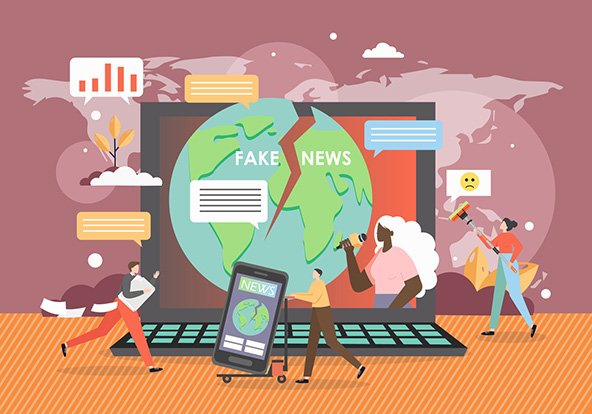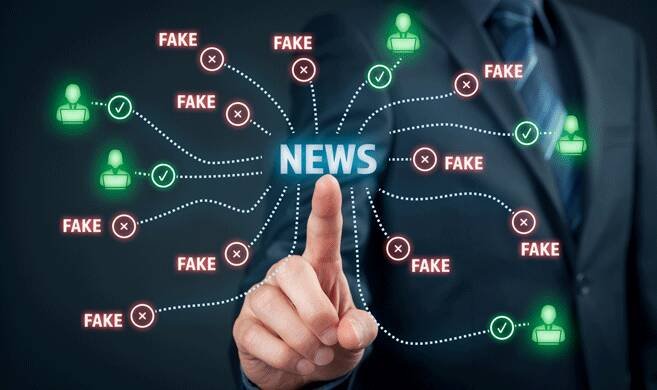In the digital age, the spread of misinformation has become one of the most pressing challenges. With the rise of social media and online platforms, false or misleading information can travel faster and reach a wider audience than ever before. This can have serious consequences, influencing public opinion, undermining trust in institutions, and even fueling societal division. However, there are several proactive steps individuals and communities can take to combat the spread of misinformation and ensure that they are consuming and sharing accurate information.
The Role of Media Literacy in Combatting Misinformation
One of the most effective ways to combat misinformation is through media literacy. Educating individuals on how to critically assess information sources is crucial in preventing the spread of false or misleading claims. Media literacy involves teaching people to ask key questions when evaluating content. First, it’s important to verify the credibility of the source. Established news outlets or trusted organizations are generally more reliable than unknown websites or individuals. Next, checking for supporting evidence or credible references is vital, as misinformation often lacks substantiated sources and may rely on personal opinions or anecdotal evidence. Additionally, verifying whether the information is recent is essential, as outdated content can mislead people. Always checking the date of the content ensures that the information remains relevant. By fostering a culture of critical thinking, individuals are more likely to question suspicious content before sharing it, ultimately helping to reduce the spread of misinformation.
Fact-Checking: A Key Tool in the Fight Against Misinformation
Fact-checking has become an essential practice for ensuring the accuracy of information. Numerous fact-checking websites, such as Snopes, FactCheck.org, and PolitiFact, provide a reliable resource to verify claims before spreading them. If you encounter information that seems questionable, take a moment to verify it using these trusted platforms. Fact-checking not only helps individuals but also reduces the risk of misinformation from circulating widely.


Many social media platforms, including Facebook and Twitter, are taking steps to address misinformation by incorporating fact-checking labels or alerting users to potentially false content. Despite these efforts, it’s essential for users to take personal responsibility and confirm the facts themselves.
Understanding the Role of Algorithms in Misinformation
Social media algorithms play a significant role in the spread of misinformation. These algorithms prioritize content that generates engagement—such as sensational or emotionally charged posts—over more factual or nuanced information. As a result, false claims and misleading stories often go viral because they evoke strong reactions and encourage people to share them without verifying their accuracy.
Being aware of how these algorithms work can help individuals approach their social media feeds with a more critical mindset. Rather than simply reacting to sensational headlines, take the time to investigate before engaging with the content or sharing it.
Creating Awareness in Communities
While individual responsibility is essential, community efforts to combat misinformation are equally important. Social media platforms, educational institutions, and non-profit organizations can play a significant role in spreading awareness about misinformation and offering resources for fact-checking.


Encouraging open dialogue and promoting the importance of accurate information helps build a community culture that values truth over sensationalism. Additionally, when misinformation is exposed, it should be addressed calmly and respectfully, rather than simply dismissing those who may have fallen victim to it.
Promoting Digital Literacy and Critical Thinking
Promoting digital literacy across generations is crucial to reducing the spread of misinformation. Schools and community centers should include digital literacy programs in their curricula, teaching individuals how to navigate online platforms, recognize biased content, and assess the reliability of sources.
By fostering a generation of informed, critical thinkers, we can better equip people to combat misinformation in all its forms.
Conclusion: A Collective Effort
Combating the spread of misinformation is not an easy task, but with collective effort, it is possible to reduce its impact. By promoting media literacy, using fact-checking tools, understanding the role of algorithms, and creating awareness within communities, individuals can make informed choices and prevent the spread of false information. In the digital age, it is crucial that we all take responsibility for the information we consume and share, ensuring that truth prevails over sensationalism

